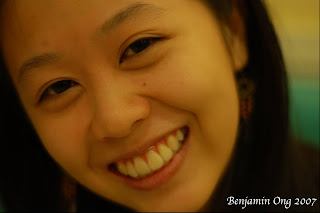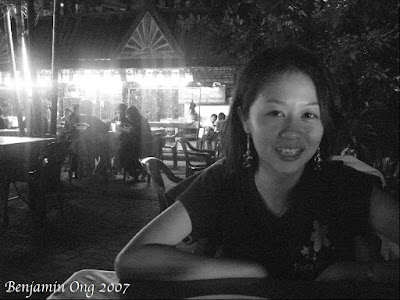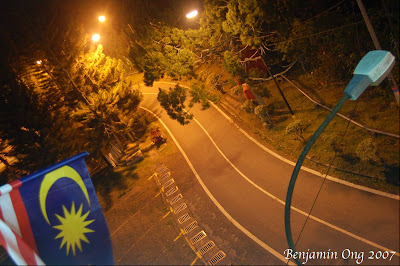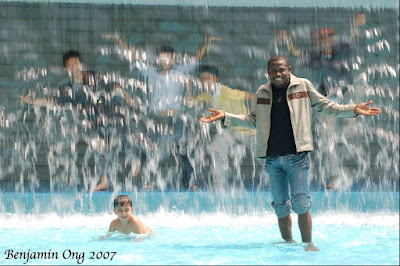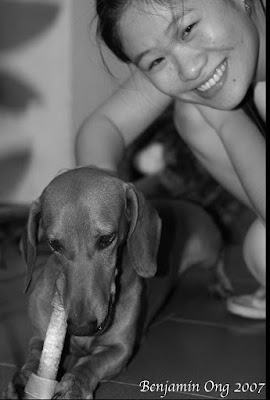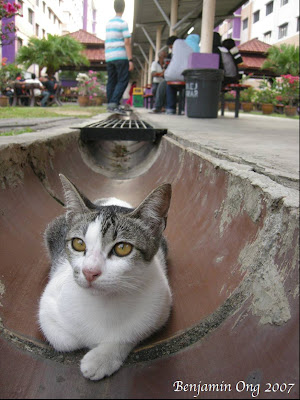I did it in Mersing and I thought it might also work in Malacca: for want of better direction in my photography I decided to build my photos around a theme in Mersing. The environment there lent itself very well to the 104th Psalm which, in my opinion, is one of the grandest psalms celebrating God's creation.
At the end of the trip I had put together a collection of photographs whose very diversity astounded me. I have remarked that it was the best photography outing of the year so far for it was a breakthrough in many ways.
I would later learn that it is not uncommon for travel photographers to use the device of a theme or motif or, in the great National Geographic photographer Jim Richardson's words, an assignment. After all, you can't shoot
everything while on holiday, and you certainly don't want the sprawling lack of focus in a photo collection characteristic of an attempt to do so.
Thus I decided to use Scripture again. But I think I learned there (and more so in Cameron Highlands, but more on that later) that God will not be used.
Considering the historical nature of Malacca and the abundance of colonial erections, the word 'stronghold' suggested itself to me. It wasn't long before I found myself at the 46th Psalm whose first and last verses read thus;
God is our refuge and strength,
A very present help in trouble...
The LORD of hosts is with us;
The God of Jacob is our stronghold
--Psalm 46:1,11 (NASB)Also, I reminded myself that it was about time to start shooting for the Publicity Department of the PKV's Easter 2008 production. I asked Suit Lin for the theme a couple of months ago, and so I put aside that word till the holidays. It was 'Entangled' and I was free to interpret it photographically as my creativity and imagination led me.
My train of thought went something like this: Entangled. Stronghold. Colonial influences mingled with local culture. Entangled. Roots hold a tree in the ground. Tangled roots. Strong. A tree is like a stronghold. The Porta de Santiago (A' Famosa) is a stronghold. A tree can stand longer than a human stronghold. Trees are nature's stronghold. Entangled. God with us. God holds us fast. God got entangled in human history and culture in the midst of a Roman colonial environment.
Something like that.
So I set out to shoot photos which would juxtapose local elements with colonial ones, and I decided to use colonial structures as the subjects.
A personal mission of mine, totally unrelated to the Easter production and the psalm, was to shoot popular structures at unpopular times of day. Thus Valerie and I found ourselves at the peak of St Paul's Hill at the crack of dawn with nothing stirring but the wind and everything else dead but the shifting shadows cast by nearby sodium lamps.
This was the result:

Many have taken photos of St Francis Xavier in the harsh afternoon sun, so I thought I'd show the more mystical side of the St Paul's Church ruins. Along the way uphill, I almost thought St Francis turned his head! It turned out to be the movement of a leaf's shadow.
With the aperture open at f/8 I left the shutter for 20 seconds at ISO 200. It's an interesting photo, and the bright planet (not star, as it wasn't blinking) adds a dimension of life and timelessness to the composition. One of my favourites from my trip, but I suppose at most merely an experimental shot.
* * * * *
Half an hour ago, I decided to scrap the psalm, despite having all the photos I needed to illustrate it as I did Psalm 104. Some of the photos weren't good enough, and I didn't want to overshadow the photos that really mattered.
Because to me, the purpose of taking photos is not to illustrate Bible passages; the Word of God is so much more than that. But I wanted to show the connection; how God has amazingly, through His Word and random ideas, enabled me to make a picture I think perfectly embodies the spirit of all the various influences I mentioned earlier.
It was a great trip for my friends (the BF Classmates) and I, and we have a fair share of memorable group and individual photos. And for Suit Lin's mission, I shot from various angles. a mass of roots between the Stadthuys and the Aldy Hotel where we stayed.
But just over half an hour ago I saw one of my favourite photos in a totally new light. It looked good on the camera; it looked great on the computer. This is one of those moments when a photo just means so much to a person that every other photo pales in comparison.
When you look at it, there may be nothing special about it. But when I shot it mounted on a tripod from the near-impossible ground level angle, I had no idea I would be capturing such a rich scene in one frame.
* * * * *

It is dawn, and the sun has yet to rise. The white tomb stands in the middle of a garden; the green grass reminds the observer of the battle that was waged in Gethsemane three nights ago. Satan's forces fell when this man Jesus acknowledged his name.
"We are looking for Jesus."
"I am he."
It's just a pronoun to most of us, but the Jews knew the name of God. Above all Satan knew the name of God. I AM. Perhaps it reminded Satan of another garden, the Garden of Eden, where God promised to break the curse and crush the serpent. At Gethsemane the promise looked to be fulfilled.
But then Jesus surrendered and we all know what happens next.
It is Sunday, and before the sun is up (and before everyone knows the Son is up), the women are on their way to the tomb with spices ready and hearts perhaps not yet quite able to accept the death of their Lord.
Beyond the tomb lies the ruins of St Paul's Church. The house of God in ruins. When Jesus died something happened in the Temple; almost as if Jesus declared by the ripping of the temple curtain that he wasn't done with it yet. Indeed Jesus was well known for causing chaos in synagogues and the temple courts, driving out thieves and swindlers, healing the frail, claiming to be the Messiah. And now even in death he wasn't done with the temple.
So the church is in ruins, the tomb lies in the middle of the garden and there is a tree with huge roots in the foreground. Such a stark contrast: life upon life thriving in the halls of the dead. Perhaps the image also suggested itself to the women and the disciples; the irony of the dead being laid to rest in the midst of so much life.
We don't know yet that the tomb is empty, nor do we know that there are angels at its entrance bearing news that would be too good to be true. But that was Easter morning: a journey fraught with irony and unspoken grief.
A journey of entangled emotions and thoughts, thinking of Jesus' prophecies about himself yet knowing that dead people don't rise. Recalling Lazarus and thinking that maybe Jesus might just do what he said. Having seen the very gory death of Jesus and feeling that that hope was just a little too far away to believe this time.
But above all a morning when the God who chose to entangle himself in humanity would show the way through this tangled mess of our lives, bringing life through death and the promise that the strongholds of the tomb and our so-called 'great' constructions and obstructions are no match for the strong hold of God himself.
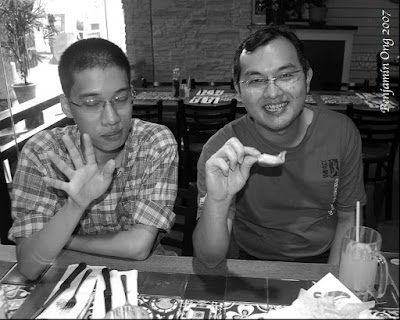


.jpg)
.jpg)

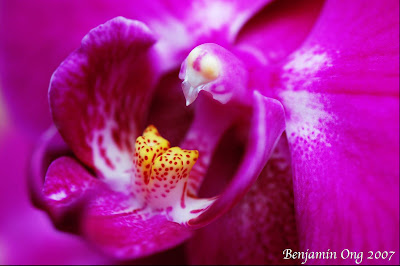
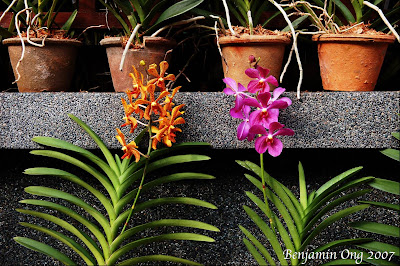
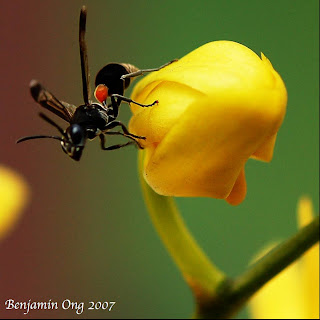
.jpg)
